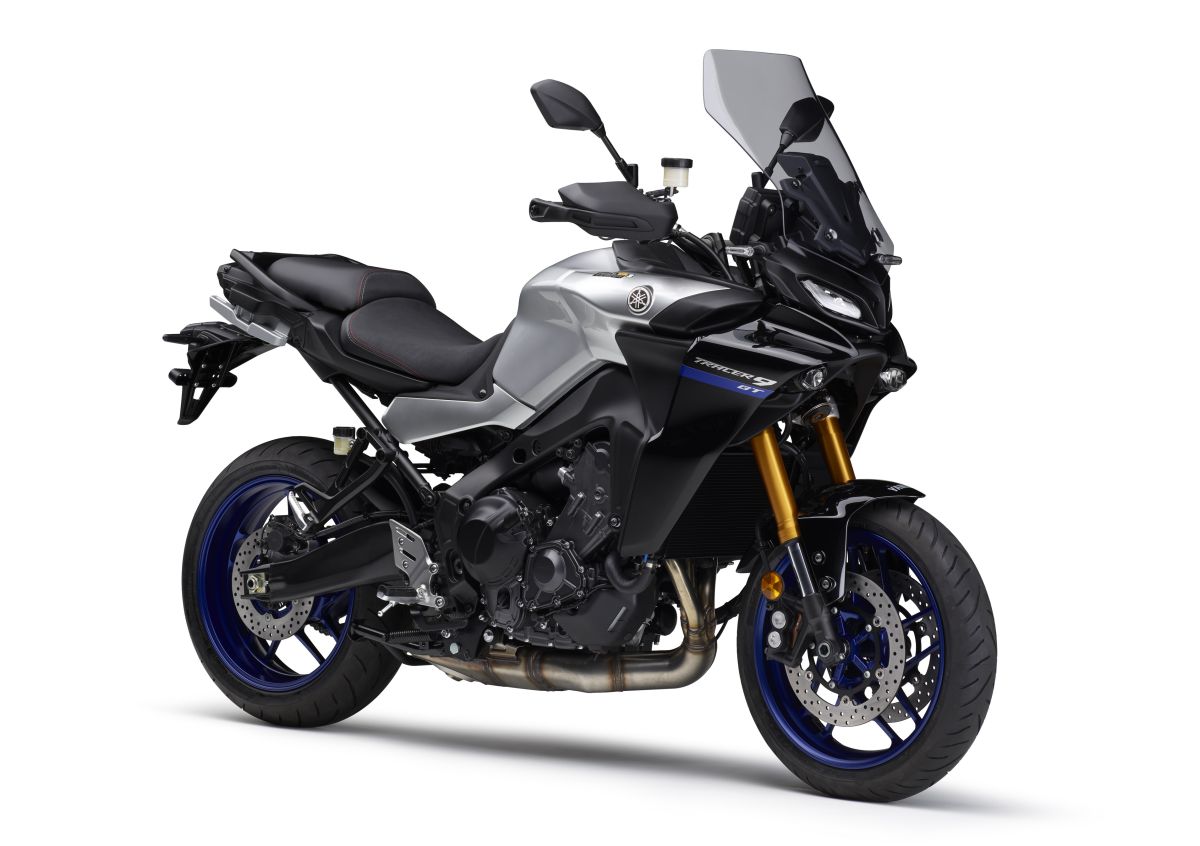 CDI is known to give spark to the running engine, whether it is 2-stroke or 4-stroke. Inside a standard CDI circuit, there is a circuit breaker or rev-limiter or cut-off switch which limit the revolution of the engine. How does it work? Read on the article taken from Wikipedia. This article is about electrical circuit breaker but it can be used to relate to rev-limiter or cut-off switch in engines. In fact, we can’t get away from electrical system when we are discussing about engines.
CDI is known to give spark to the running engine, whether it is 2-stroke or 4-stroke. Inside a standard CDI circuit, there is a circuit breaker or rev-limiter or cut-off switch which limit the revolution of the engine. How does it work? Read on the article taken from Wikipedia. This article is about electrical circuit breaker but it can be used to relate to rev-limiter or cut-off switch in engines. In fact, we can’t get away from electrical system when we are discussing about engines.A device to open or close an electric power circuit either during normal power system operation or during abnormal conditions. A circuit breaker serves in the course of normal system operation to energize or deenergize loads. During abnormal conditions, when excessive current develops, a circuit breaker opens to protect equipment and surroundings from possible damage due to excess current. These abnormal currents are usually the result of short circuits created by lightning, accidents, deterioration of equipment, or sustained overloads.
Formerly, all circuit breakers were electromechanical devices. In these breakers a mechanism operates one or more pairs of contacts to make or break the circuit. The mechanism is powered either electromagnetically, pneumatically, or hydraulically. The contacts are located in a part termed the interrupter. When the contacts are parted, opening the metallic conductive circuit, an electric arc is created between the contacts. This arc is a high-temperature ionized gas with an electrical conductivity comparable to graphite. Thus the current continues to flow through the arc. The function of the interrupter is to extinguish the arc, completing circuit-breaking action.
In oil circuit breakers, the arc is drawn in oil. The intense heat of the arc decomposes the oil, generating high pressure that produces a fluid flow through the arc to carry energy away. At transmission voltages below 345 kV, oil breakers used to be popular. They are increasingly losing ground to gas-blast circuit breakers such as air-blast breakers and SF6 circuit breakers.
In air-blast circuit breakers, air is compressed to high pressures. When the contacts part, a blast valve is opened to discharge the high-pressure air to ambient, thus creating a very-high-velocity flow near the arc to dissipate the energy. In SF6 circuit breakers, the same principle is employed, with SF6 as the medium instead of air. In the “puffer” SF6 breaker, the motion of the contacts compresses the gas and forces it to flow through an orifice into the neighborhood of the arc. Both types of SF6 breakers have been developed for ehv (extra high voltage) transmission systems.
Two other types of circuit breakers have been developed. The vacuum breaker, another electromechanical device, uses the rapid dielectric recovery and high dielectric strength of vacuum. A pair of contacts is hermetically sealed in a vacuum envelope. Actuating motion is transmitted through bellows to the movable contact. When the contacts are parted, an arc is produced and supported by metallic vapor boiled from the electrodes. Vapor particles expand into the vacuum and condense on solid surfaces. At a natural current zero the vapor particles disappear, and the arc is extinguished. Vacuum breakers of up to 242 kV have been built.
The other type of breaker uses a thyristor, a semiconductor device which in the off state prevents current from flowing but which can be turned on with a small electric current through a third electrode, the gate. At the natural current zero, conduction ceases, as it does in arc interrupters. This type of breaker does not require a mechanism. Semiconductor breakers have been built to carry continuous currents up to 10,000 A.


